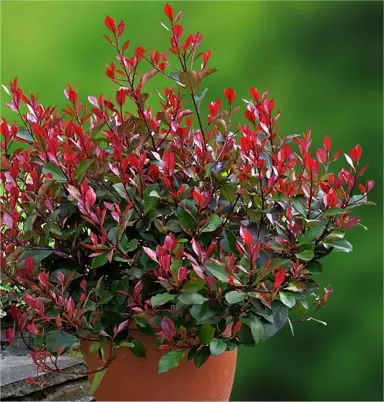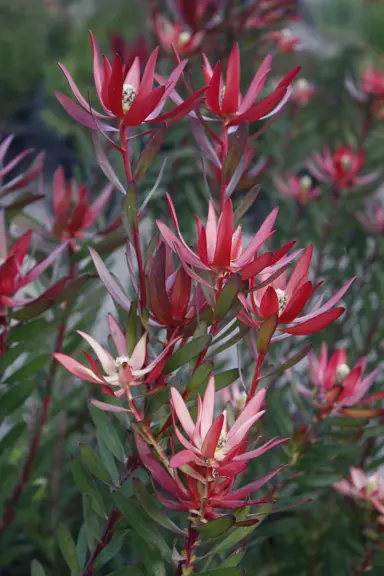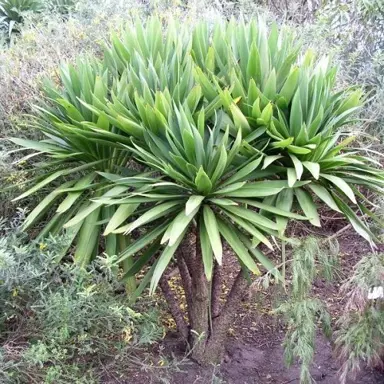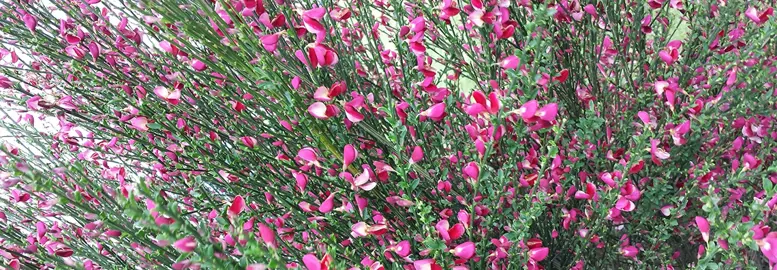Photinia Red Robin
Red Tips Bush
Photinia Red Robin is a popular hedging plant due to its bright and colourful foliage. New growth is bright red and ages to become mid-dark green which results in a glossy plant with dual colouring through spring and summer. This quick growing evergreen can reach 4 m tall and the same wide but is commonly trimmed to sizes less than this. Photinia Red Robin is commonly grown as an attractive and dense hedge but is also well suited to being used for shelter and screening.
















